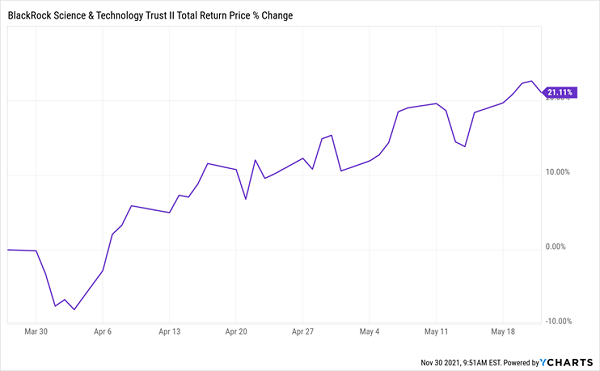There’s a quiet shift happening in closed-end funds (CEFs)—and it’s primed to give those who buy now some very nice upside in 2023.
And that’s in addition to the rich 7%+ dividends CEFs hand us.
That trend is a shift toward share buybacks, which you likely know about from the stock world. Buybacks work similarly with CEFs, but with an extra punch: they keep CEFs’ discounts to net asset value (NAV) from getting too wide—and they can even narrow those discounts, slingshotting the share price higher as they do.
In other words, by helping close CEFs’ discounts, managers have some control over the fund’s market price in a pullback, and they can amplify its gains when the market turns higher.… Read more



Recent Comments